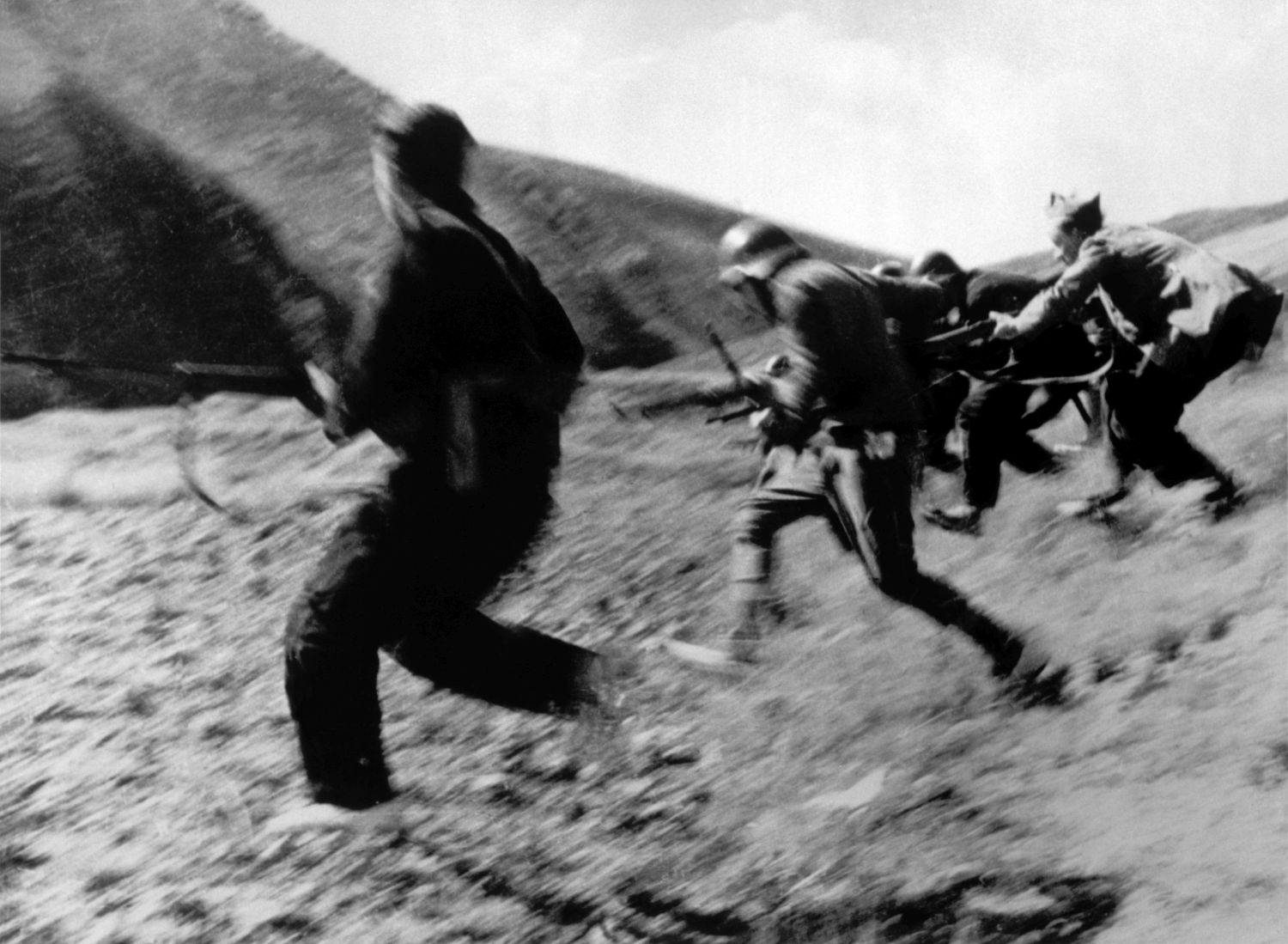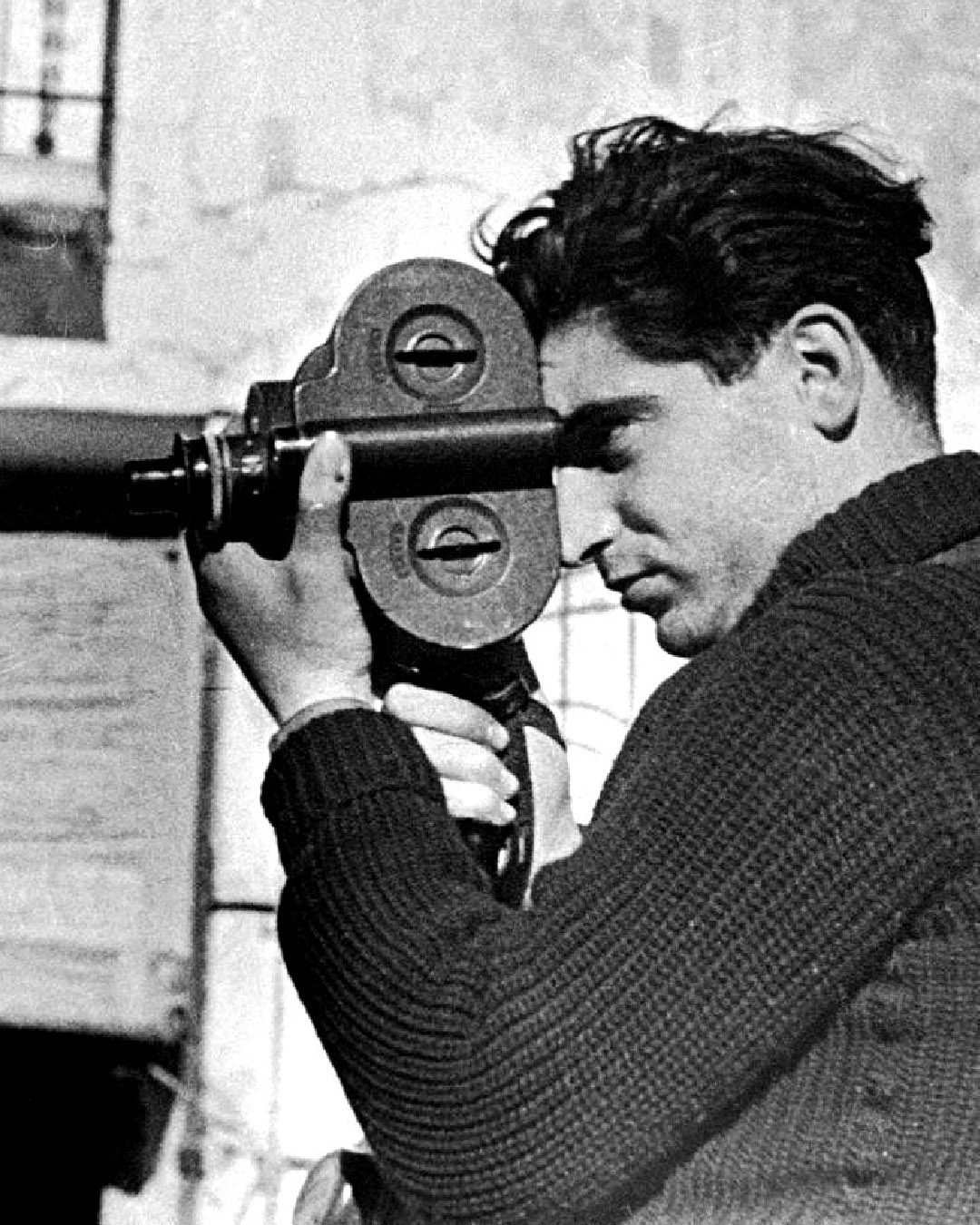Works
Cerro Muriano, frente de Córdoba, 5 de septiembre 1936 (Cerro Muriano, Córdoba front, 5 September 1936); Santa Eulalia, frente de Aragón, agosto 1936 (Santa Eulalia, Aragón front, August 1936); Madrid, noviembre-diciembre 1936 (Madrid, November-December 1936); and Barcelona, agosto 1936 (Barcelona, August 1936)
The Pontevedra Biennial presents four photographs by Robert Capa from the collection of the Reina Sofía National Museum Art Centre, all of them attributed to André Ernö Friedmann, which are proof of his innovative approach to war photography. As his biographer Richard Whelan points out and as Susan Sontag emphasises in her analysis of war photography, Capa focused his work on both combat scenes and casualties, providing a new approach to the human and physical effects of war. As a result, he showed us a different way of perceiving war by focusing on those who suffer its consequences and by inviting viewers to empathise with the pain of others. Through his lens, the Spanish Civil War became the first conflict to be documented from a modern perspective, through images that not only capture the military actions, but also the suffering of the bombed villages.



